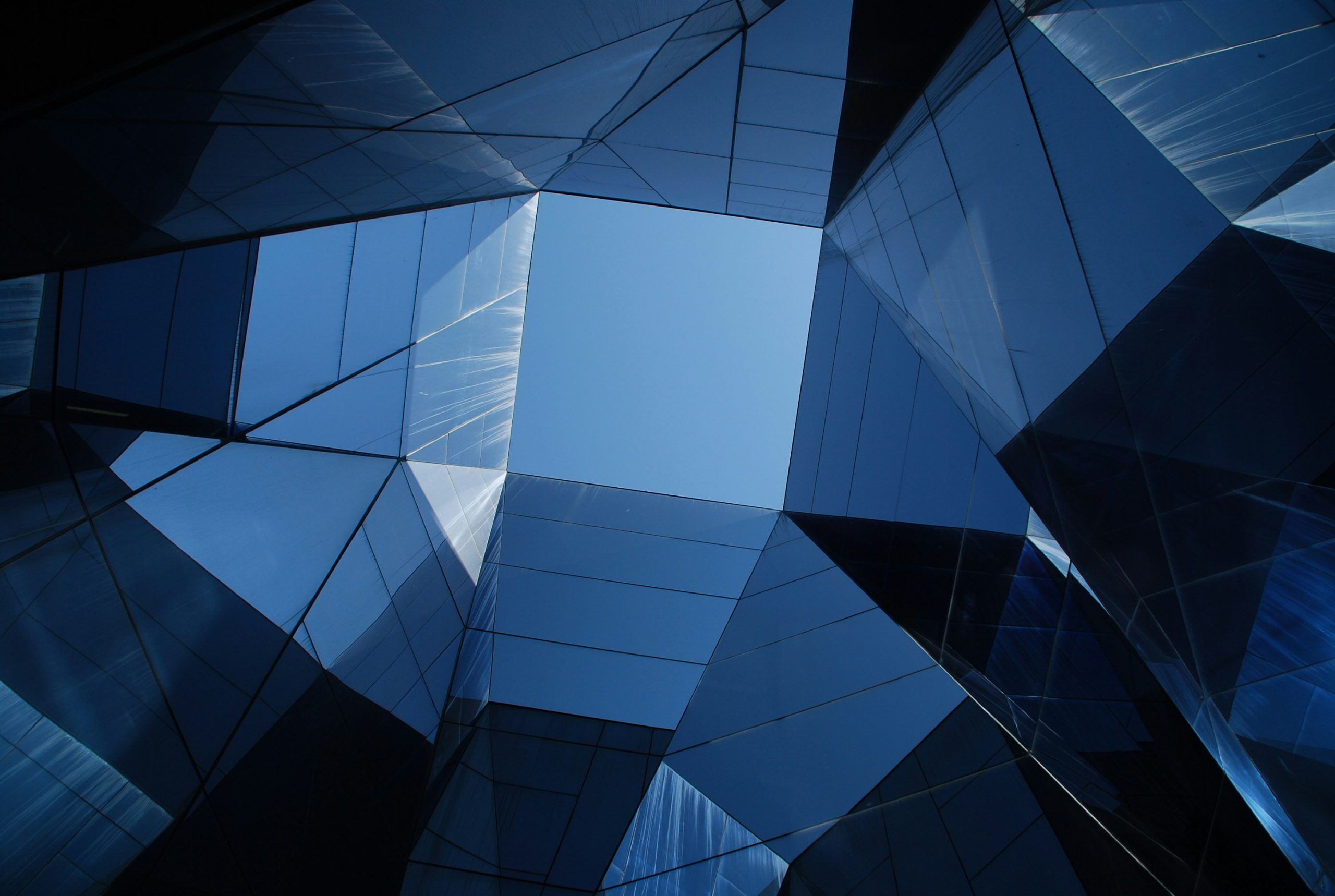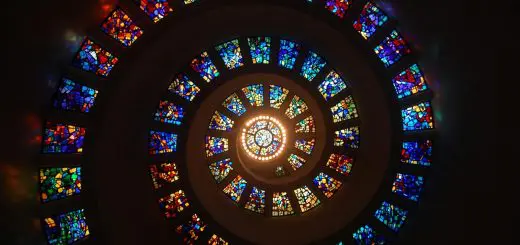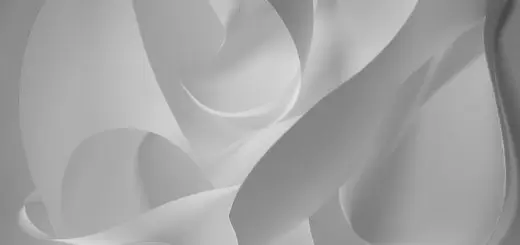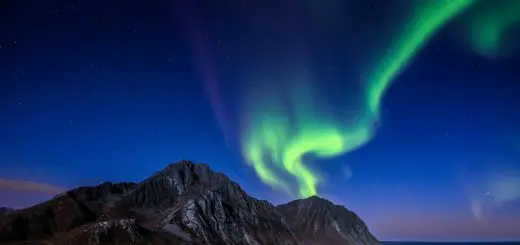What Colors Make Yellow? Easy Mixing Methods

Looking for more amazing products? Check out our online store and explore our collection here! Happy shopping!
Before diving in, please note: This post is for informational purposes only. If you’d like to know more about how we approach topics, feel free to check out our friendly Disclaimer Page.
Hey there, amazing readers! 
We’re committed to delivering quality posts, and your support (even just sticking around despite the ads) means everything to us. So, bear with us, and thanks for helping us keep the good vibes rolling. Now, on to the fun stuff!
TRANSLATE BUTTON AT THE END OF THE ARTICLE
A Quick Overview
Colors can bring a spark of joy to our lives, and yellow—often associated with sunshine, happiness, and warmth—is a particularly cheerful hue.
When we think about creating this bright color, many of us might wonder, "What colors make yellow?" In this article, we’ll dive into the exciting world of color mixing to explore how to create yellow and its various shades.
We’ll talk about different mixing methods, both traditional and natural, and provide practical tips to help you on your colorful journey.
So grab your paintbrush, and let’s get started!
Understanding the Color Yellow: A Bright Introduction
Yellow is one of the most vibrant colors in the spectrum.
It stands for cheerfulness and optimism.
Think about how a bright yellow sun makes you feel—happy, right?
This color often evokes feelings of warmth and energy, just like the sun on a summer day.
But what exactly is yellow?
Scientifically, yellow is a color of light with wavelengths between approximately 570 to 590 nanometers.
In the color wheel, yellow sits between green and orange.
It’s crucial in both art and design, serving as a primary color in additive color mixing.
Have you ever noticed how yellow can make other colors pop?
It has a unique ability to attract attention.
That’s why caution signs are often yellow!
It signals alertness and demands a response.
In art, yellow plays a vital role, creating balance and contrast.
When mixed wisely, it can create a whole spectrum of shades and tints.
Let’s dig in further to understand how to create this cheerful color through mixing.
The Color Wheel: Where Yellow Fits In
The color wheel is our roadmap to understanding color relationships.
Created by Isaac Newton, it organizes colors in a circular format, showcasing how they connect.
At one end, we have the primary colors: red, blue, and yellow.
These colors can’t be made by mixing other colors and serve as the foundation for creating secondary colors.
Yellow sits proudly as a primary color.
It’s the lightest of the three, making it a fantastic choice for creating vibrancy in your artwork.
When mixed with other primary colors, yellow helps create:
Orange (yellow + red)
Green (yellow + blue)
Understanding where yellow sits on the color wheel helps us see how it interacts with other colors.
Mixing can yield fascinating results, so learning this layout is essential for any artist or designer.
Primary Colors and Their Role in Mixing Yellow
Primary colors are the building blocks of all other colors.
While yellow is one of them, it also works with others to create secondary and tertiary colors.
Red and blue are the other two primary colors.
Each plays a vital role in the mixing process.
You may wonder how yellow is mixed with red to create orange.
When you blend these two, yellow’s brightness shines through, resulting in a warm and vibrant orange.
It’s like making a sunset on your canvas!
Blue, on the other hand, when mixed with yellow, produces green.
The brightness of yellow can lighten the deep, cool tones of blue, resulting in various shades of green.
It’s fascinating how these three colors interact.
Mixing primary colors can be an adventure, leading to new color discoveries.
Think of it as a treasure hunt.
Each combination unveils a new possibility, so don’t hesitate to experiment!
Exploring Warm Colors: What Makes Yellow Shine?
Warm colors like red, orange, and yellow evoke feelings of warmth and energy.
Yellow shines particularly brightly in this spectrum.
When you think of warm colors, think of sunny days and cozy fires.
They can create a sense of comfort and enthusiasm.
Yellow can either stand alone or complement other warm colors.
Mixing it with red creates vibrant oranges and can intensify the warmth of a piece.
On the flip side, mixing yellow with cool colors can create lively contrasts.
When I mixed yellow with a rich red once, I got a stunning burnished orange.
It reminded me of autumn leaves.
Similarly, adding a touch of yellow to brown creates a golden hue that can lift the overall look of a design.
Using yellow as a warm color can be a playful way to engage in art.
So, don’t be afraid to play around with warm colors—you might stumble upon a captivating combination!
Mixing Red and Green: A Surprising Yellow Source
This might sound counterintuitive, but mixing certain shades of red and green can lead to a yellow color in specific contexts.
Let me explain.
The color mixing process works differently based on the medium you use.
In subtractive color mixing, which is common in painting, mixing red (a primary color) with green (a secondary color derived from blue and yellow) can neutralize to create shades that can appear yellowish.
This can happen when you play with the proportions of each color—more red can result in warm tone variations, while more green can cool it down.
This technique may not be straightforward for everyone, but it illustrates the complexities of color mixing.
I’ve experimented with this method before, and the surprise of creating different shades kept me intrigued.
So, the next time you mix red and green, remember there’s more to it than meets the eye.
This colorful adventure can lead to unexpected and exciting results!
Blue and Yellow: Discovering the Perfect Balance
Blue and yellow—a classic combination!
When these two colors mix, they create green.
However, the balance is key here.
If you have a bright yellow and a deep blue, you can get vibrant greens.
Think of a lush forest.
If you skew towards more yellow, you’ll have a light, fresh green.
If you lean more towards blue, the green becomes darker and more muted.
In my own practice, I often use this mix to achieve various shades when painting landscapes.
A little bit of blue can make a big difference, creating the illusion of depth.
It’s also important to consider the mediums.
Watercolor mixes differently than acrylic or oil paints.
Watercolors, for instance, can produce softer, more transparent greens, while acrylics tend to yield bolder results.
Experimenting with blue and yellow is a delightful exercise.
Who knows?
You might find your signature green blend!
Experimenting with Shades: Light vs. Dark Yellow
Yellow is not just one color; it has a range of shades and tints.
Light yellow, often referred to as pastel yellow, gives a refreshing vibe, reminiscent of spring blooms.
It feels airy and soft.
On the other hand, dark yellow can appear more golden and rich, akin to autumn leaves.
Both shades can convey different emotions and atmospheres in your art.
You can lighten yellow by adding white, creating those lovely pastel shades.
This is perfect for soft designs or delicate artworks.
On the contrary, mixing yellow with a tiny bit of brown can lead to darker, more muted shades.
In my experience, playing with these shades transforms a piece entirely.
I once painted a cheerful sunflower using both light and dark yellows, and it added depth to the painting.
So, don’t shy away from mixing and matching your yellows.
Each hue brings out something different, adding richness to your creations.
Natural Ingredients: Making Yellow with Foods
Why stop at paint?
Nature has a myriad of yellow sources that can inspire creativity.
You can make yellow using foods!
For example, turmeric is a common spice that produces a vibrant yellow hue.
Similarly, saffron, a pricey spice, yields a stunning golden yellow.
Both ingredients can be mixed with water or oil to create natural paints.
This method is perfect for eco-conscious artists or those wanting to experiment with edible art.
I tried making paint with turmeric once, and let me tell you, it was a fun experience!
The scent was delightful, and the color was bright.
Beets, while not yellow, can be mixed with yellow to create interesting shades too.
This opens up a world of possibilities for natural color mixing that’s both innovative and sustainable.
So next time you’re in the kitchen, consider how those ingredients can inspire your next art project!
The Science of Color Mixing: RGB vs. CMYK Explained
When we talk about mixing colors, we often refer to two systems: RGB (Red, Green, Blue) and CMYK (Cyan, Magenta, Yellow, Key/Black).
Each serves a different purpose.
The RGB model is primarily used for digital screens.
Combining red, green, and blue light creates various colors, including yellow.
By mixing red and green light at full intensity, you get a bright yellow.
On the flip side, CMYK is the standard for printers.
This model uses cyan, magenta, yellow, and black to produce colors.
In CMYK, yellow is a primary color, and it’s mixed with the others to create different shades and hues.
Understanding these systems can help you choose the right mixing method based on your project—whether it’s digital art or printed materials.
Fun Techniques: How to Mix Yellow with Paints
Mixing yellow with paints is an art form in itself!
There are various techniques you can explore.
Here are some fun methods to get you started:
Wet-on-wet technique: Apply yellow paint on a wet canvas, allowing it to blend with other colors naturally.
Layering: Start with a base layer of yellow and add other colors on top to create depth.
Dry brushing: Use a dry brush to add hints of yellow over darker colors.
This technique can add texture.
I love layering colors to see how they interact and create new shades.
It’s like conducting a musical symphony of colors!
Experimenting with different paint mediums—oil, acrylic, and watercolor—can also yield unique results.
Each medium behaves differently and can change the outcome of your color mixing.
Remember, the key is to have fun!
Embrace the messiness, and don’t stress about getting it right.
Some of my best creations emerged from happy accidents!
Tips for Perfecting Your Yellow Mixing Skills
Mixing yellow can be a delightful challenge!
Here are some tips to enhance your skills:
Use the right tools: High-quality brushes and paints can make a difference.
Invest in good materials.
Keep a color chart: Always record your mixes.
This helps you recreate the shades you love.
Practice regularly: The more you mix, the more comfortable you’ll become with colors.
Set aside time to experiment.
Be patient: Color mixing can take time.
Don’t rush it; let the colors develop naturally.
One of my favorite things to do is to keep a color journal.
I note down my mixes and my feelings about each shade.
This reflection helps me grow as an artist.
Remember, practice makes perfect!
Embrace the colorful journey.
Creative Projects: Using Yellow in Art and Design
Yellow is a versatile color that can elevate your art and design projects.
Whether painting, designing graphics, or crafting, consider how to incorporate yellow creatively.
For paintings, think of flowers, landscapes, or abstract designs that showcase yellow’s vibrancy.
In graphic design, yellow can be used in logos, social media graphics, or website designs to grab attention.
In crafting, yellow can be used in DIY projects like making cheerful decorations or adding brightness to handmade cards.
I once created a yellow-themed gallery wall using different shades of yellow in frames.
It brought a burst of joy to my living space.
The possibilities are endless with yellow!
So, let your creativity flow, and watch how this sunny color can brighten your projects.
Conclusion
Creating yellow may seem straightforward, but it opens the door to a world of possibilities.
From mixing primary colors to experimenting with natural ingredients, the journey of color mixing is both exciting and rewarding.
Whether you’re a seasoned artist or just starting, understanding how to mix yellow can elevate your work and inspire creativity.
Remember, each mix is an opportunity to discover something new.
So embrace the process, enjoy the messiness, and let your imagination shine bright like a field of sunflowers!

The Enlightenment Journey is a remarkable collection of writings authored by a distinguished group of experts in the fields of spirituality, new age, and esoteric knowledge.
This anthology features a diverse assembly of well-experienced authors who bring their profound insights and credible perspectives to the forefront.
Each contributor possesses a wealth of knowledge and wisdom, making them authorities in their respective domains.
Together, they offer readers a transformative journey into the realms of spiritual growth, self-discovery, and esoteric enlightenment.
The Enlightenment Journey is a testament to the collective expertise of these luminaries, providing readers with a rich tapestry of ideas and information to illuminate their spiritual path.
Our Diverse Expertise
While our primary focus is on spirituality and esotericism, we are equally passionate about exploring a wide range of other topics and niches 

To ensure we provide the most accurate and valuable insights, we collaborate with trusted experts in their respective domains 
Our blog originally focused on spirituality and metaphysics, but we’ve since expanded to cover a wide range of niches. Don’t worry—we continue to publish a lot of articles on spirituality! Frequently visit our blog to explore our diverse content and stay tuned for more insightful reads.
Hey there, amazing reader! 
Check out our store here and take a peek at some of our featured products below! Thanks for being awesome!













